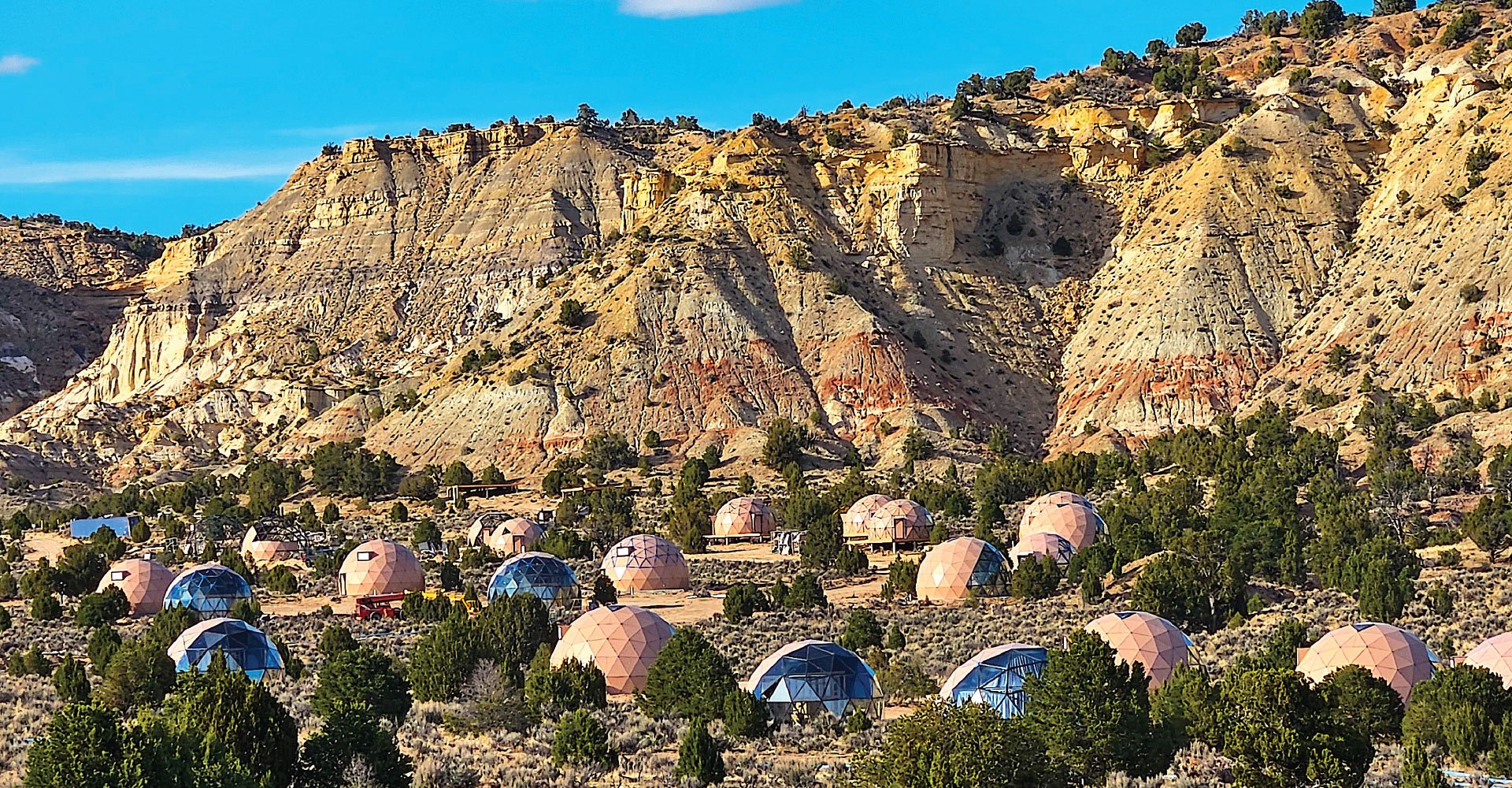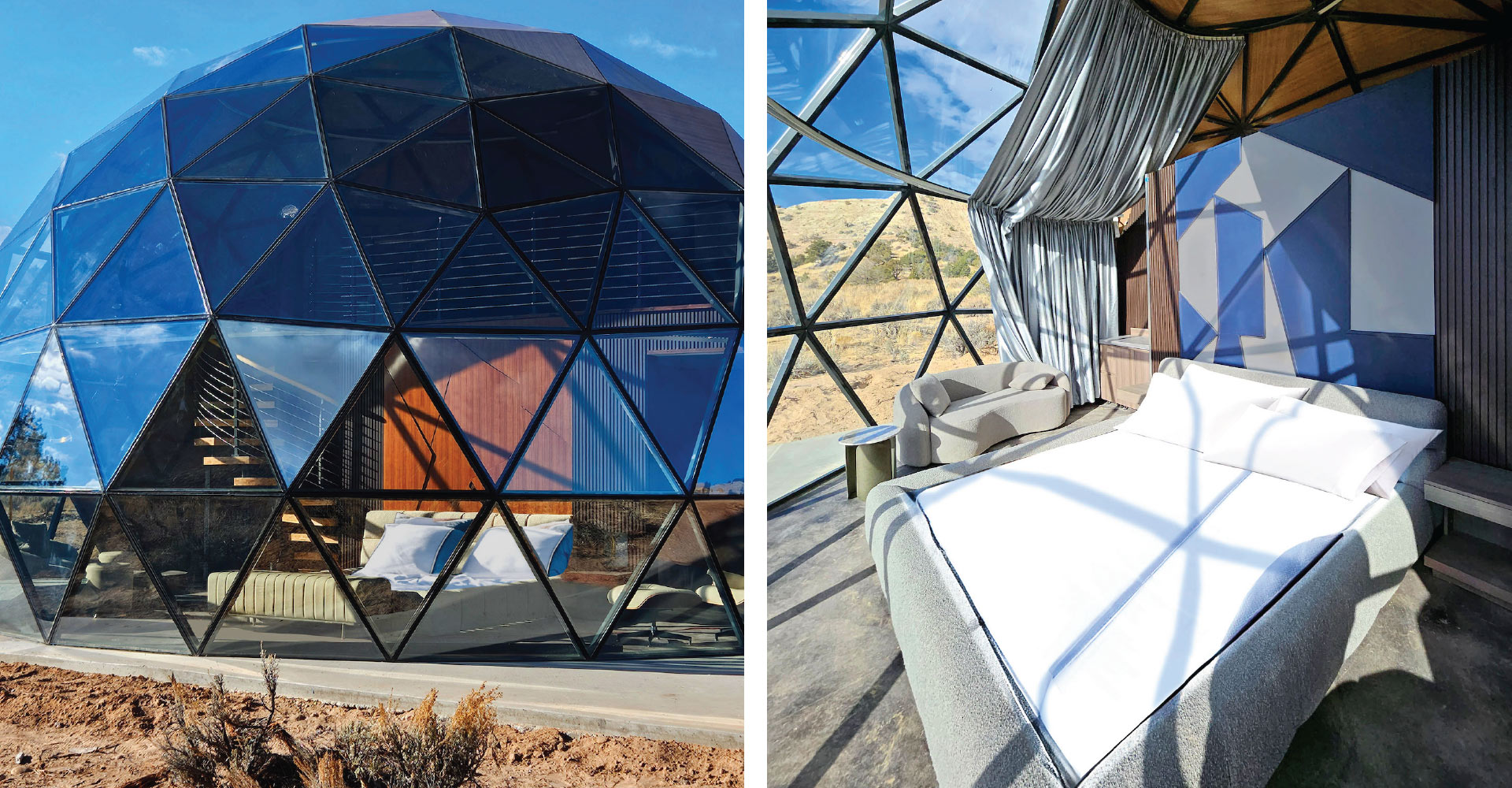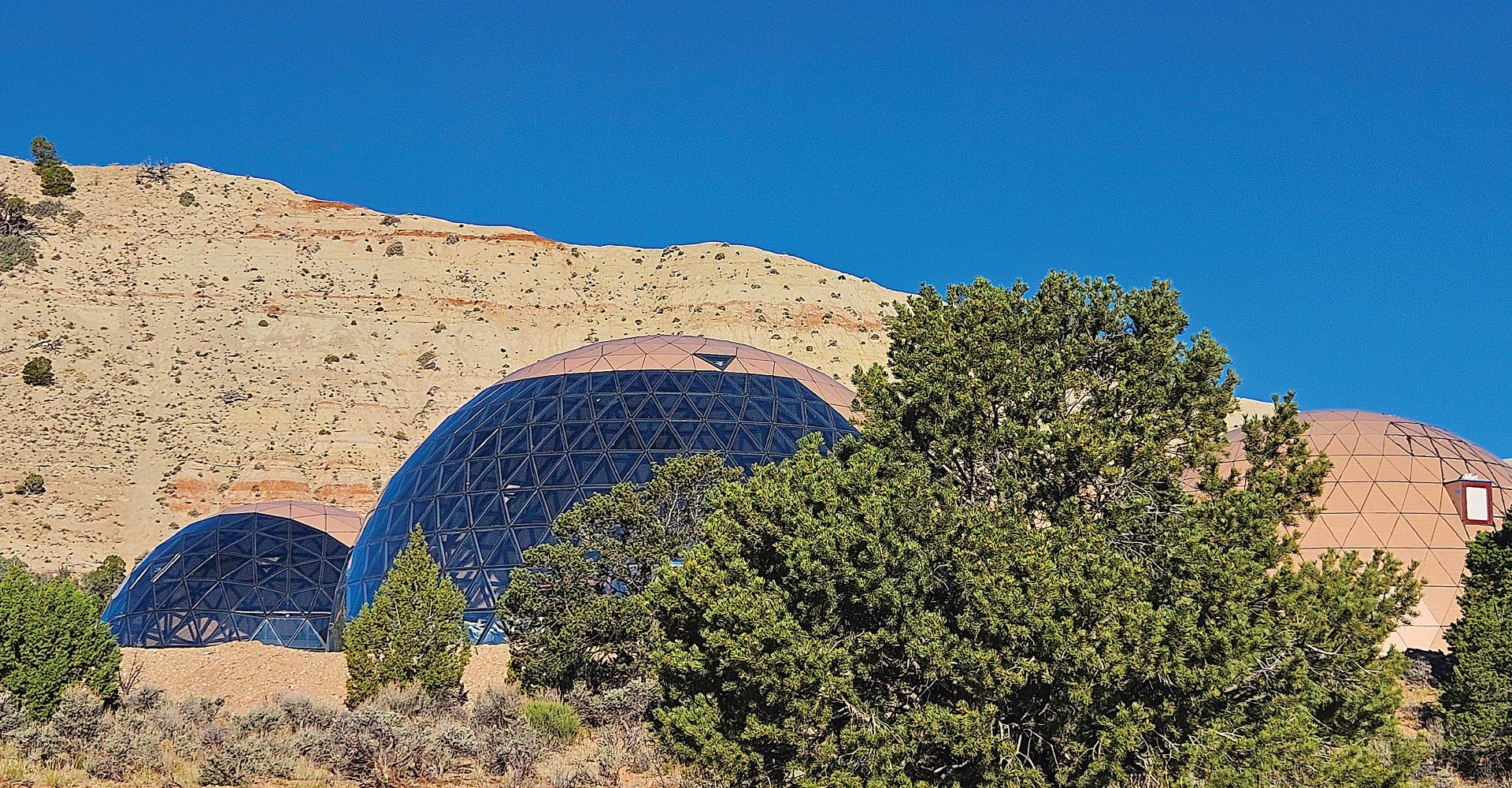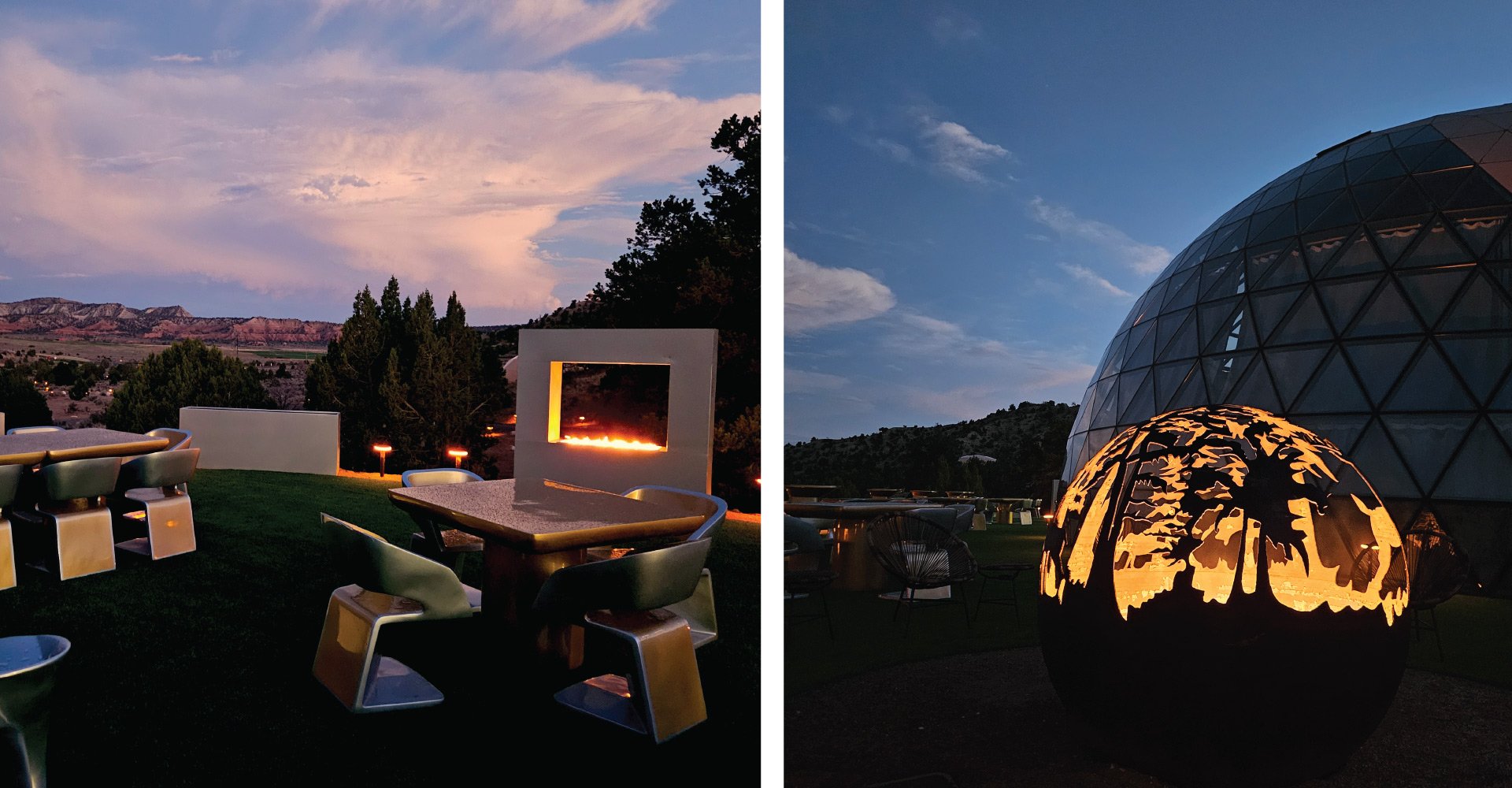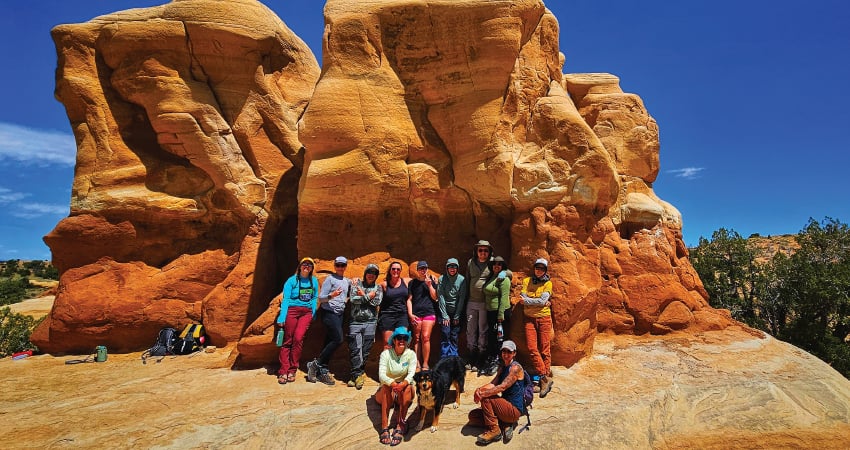To honor the past and safeguard the future of Grand Staircase Escalante National Monument through science, conservation, and education.
Why is it important?
The unspoiled natural area of Grand Staircase in Utah remains a frontier, a quality that greatly enhances the land’s value for scientific study and presents unique opportunities for geologists, paleontologists, archaeologists, historians, and biologists.
President Bill Clinton designated the nearly two million acres as a national monument on September 18, 1996. Grand Staircase is administered by the Bureau of Land Management (BLM) and became the first unit of BLM’s National Landscape Conservation System in 2000. Since time immemorial, Native American people have inhabited, crossed, lived on, and stewarded the lands that makeup what we now know as Grand Staircase-Escalante National Monument.
The Hopi, Zuni, Dine/Navajo, San Juan Southern Paiute, Kaibab Paiute, Ute, Ute Mountain Ute, Jemez Pueblo, Paiute Indian Tribe of Utah and Acoma nations have deep connections to the Grand Staircase region. The Monument is home to countless Native American cultural sites, western pioneer history, and the greatest diversity of dinosaur fossils found anywhere on Earth.


